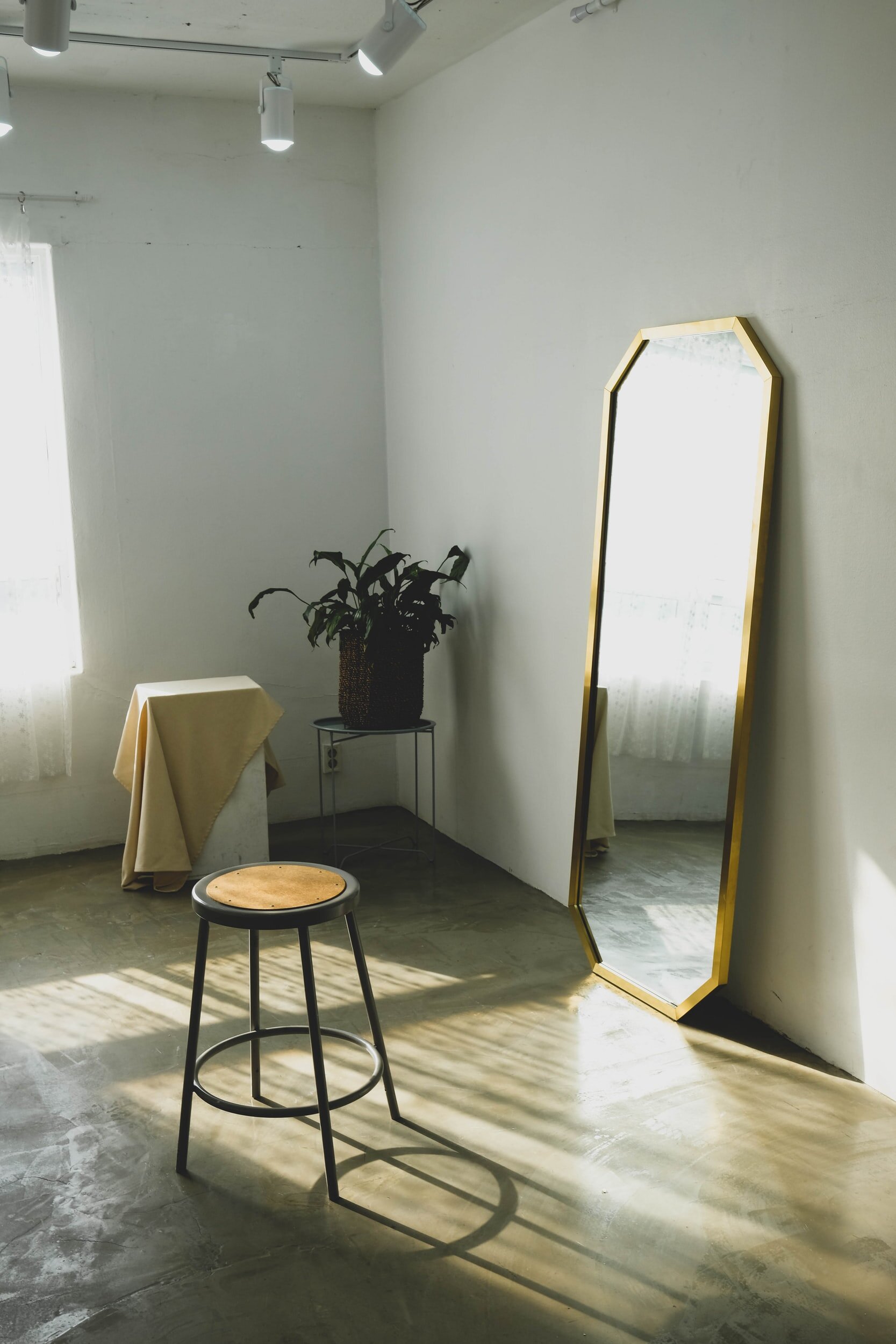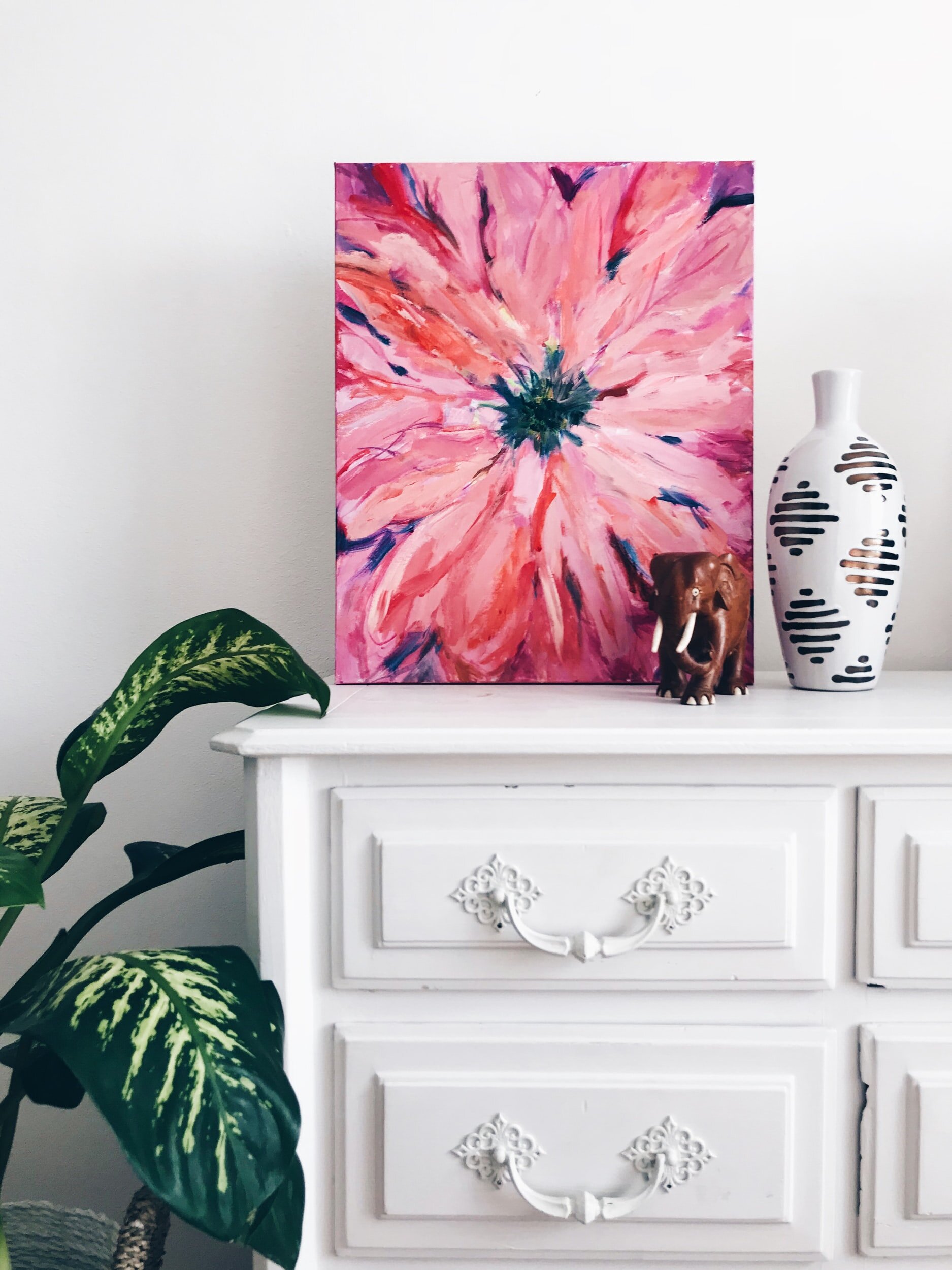9 Tips To Maximise Space In A Small Apartment.
With space at a premium in Singapore, every centimetre counts
According to URA data, from Q2 2020 (remember Circuit Breaker was in place) to Q1 2021, the percentage of non-landed private property (including Executive Condominiums) transactions involving properties measuring 90 to less than 100 sqm fell from 11.27% to 10.54%. Meanwhile, the percentage of transactions involving properties measuring from 100 to under 120 sqm rose from 13.01% to 17.29%. The average 4- to 5-room apartment measures about 90 to 120 square metres.
With homes now having to perform more functions than ever before, think work from home, accommodating multi-generational families, our elderly living longer, maximising what you can do with your space is a key consideration for many Singaporeans. Buying a larger home, is for many, simply not an option. With that in mind, we have put together top tips to maximise your space.
Declutter before choosing storage options.
Decluttering will free up space for the things you really need within your home
It’s human nature to hoard things, we don’t want to let go and “you never know when you might need that again”. Clutter isn’t a specific challenge only to smaller homes, larger homes also can have storage issues.
The best advice is to declutter your space to only install storage space for those items that you truly want to keep.
A guiding principle you can use is that each item must meet two of the following three criteria: its beautiful, functional or sentimental. With this in mind, you can start to clear out one cupboard at a time and see how much space you get back to your home.
Don’t know what you do with the items you no longer need? You can of course sell them using platforms like Facebook Marketplace or Carousell or there are also many charities and free Facebook groups where you can donate your items to someone who needs them. This means saving the planet by saving items that can still be used from landfills and giving your items a second lease of life.
2. Make the most of your wall space.
Save space with wall mounted over the bed lighting
One rule to rule them all, “think tall when small”. With floor space becoming even more limited, you need to make your wall space work even harder to accommodate your needs. If you can, get storage options that go up to the ceiling, or at the very least that you can place items on top of to maximise storage space. Another option is to install shelving that you can place baskets or boxes onto to not take up precious floor space.
3. Wall mounting is not just for storage.
Similar to storage solutions that take up the wall rather than floor space, look at what in your home you can mount on your walls to give you back precious square footage. A great example of this is mounting your television to the wall, there are now many solutions available to hide the cables so you get a clean seamless look but save on space. Another option is to look beyond table lamps which again take up real estate in your home. A slim floor lamp or even wall sconces can save you space whilst still giving your home soft lighting options. The underlying principle to remember is that if you want your space to feel larger, then it has to look brighter. So don’t skimp on the lighting, explore different options to bring light into your space whilst maximising the space available to you.
4. Add built-in furniture.
Whilst this option is more expensive than freestanding furniture, it is worth considering what built-in furniture makes sense in your home, will give you additional storage and give the illusion of a bigger space.
Do you have a recessed wall in your bedroom? Look at how you could get a custom-built wardrobe that makes the most of this odd shape but also adds storage for clothes. Platform beds are a great example of smart home design which takes up the same amount of space as a freestanding bed but has built-in storage.
Look at your dining area, can you build in benches that will not only maximise the amount of seating you have but also can have storage built-in.
5. Multi-purpose furniture
Nesting coffee tables can be put away when not in use
Make your space work harder for you by selecting multipurpose furniture. If you want multiple coffee tables that you can use when guests come over, consider getting nesting coffee tables that save space when not in use. Need a dining table that can accommodate you and your partner but you will need to replace it when your family expands or you have guests over? Why not look at an extendable dining table and have folding chairs that can seat additional guests. A dual-purpose ottoman is a great example that can double as storage space, additional seating or if you pop a tray on top, it can even work as a coffee table.
6. Trick the eye with your window treatments.
Well hung curtains can change the feel of your room.
Swapping out the materials you use in your curtains can instantly change the look and feel of your space. The end goal, make your room seem larger than it actually is. To do this? Maximise the height of your room as well as the available natural light. That doesn't mean of course raising your ceiling, it's all a trick of the eye.
If you want your ceiling to appear higher, hang curtains above your window frame. A good rule of thumb is to hang about two-thirds of the distance between the top of the window and the ceiling. Next, you want to maximise the amount of light that comes into your room. If you extend the curtain pole out approximately 15-30 cm to the side of your windows, when the curtains are open, you can push them all the way back from the window to let in the most amount of light.
Let’s face it, custom made curtains can be expensive. To save you money, consider buying store-bought curtains and using multiple panels. For example, IKEA may have the curtains you want but not the right width, you can use one pair of curtains i.e. both panels on one side of the window and one pair of curtains on the other side.
7. Use mirrors to bring in light.
Mirrors reflect the light within your space.
Mirrors are a great addition to a smaller space as they double the visual space of an area whilst reflecting light around your home. They also can break up a wall visually giving the illusion that you have more space than you have.
8. Unify your colour palette.
Moving from room to room in a smaller space, whether it’s open plan living or a series of smaller rooms, is easier on the eye and opens up space if you have a neutral unifying colour palette. It can be quite jarring moving room to room full of bold colours when the space is quite small. That said, we are not advising you to abandon colour and go all white, you have plenty of options to bring colour into your space.
Well placed art can bring personality to your home.
Pro-tip - you can look for paint that has a slight sheen to it, this helps to reflect the light and therefore give the illusion of a more spacious home.
9. Artwork adds colour.
Yes, we spoke about having a unified neutral colour scheme, however, that doesn’t mean that your home needs to be devoid of colour or personality. Add bold splashes of colour with art. You can bring in personality but avoid the cluttered look by choosing one key piece per room that draws the eye.







